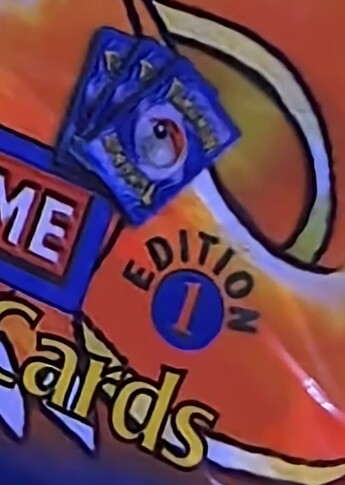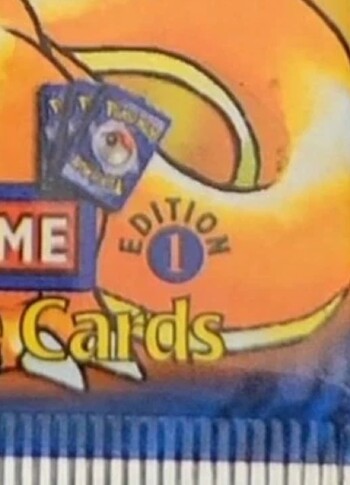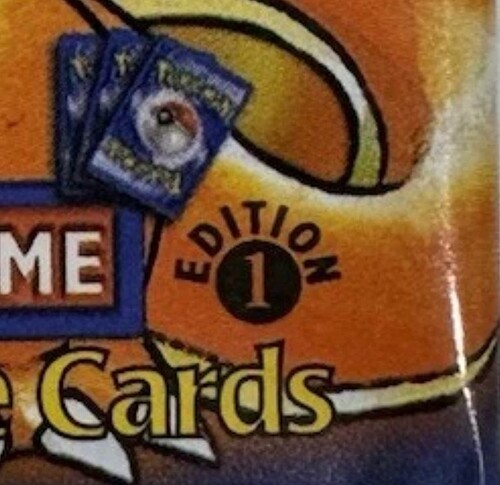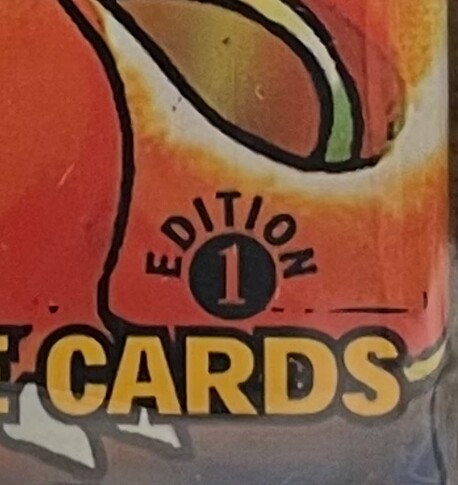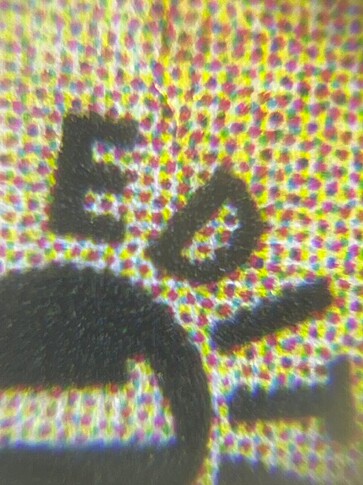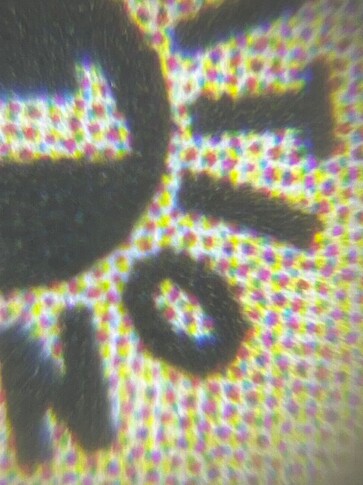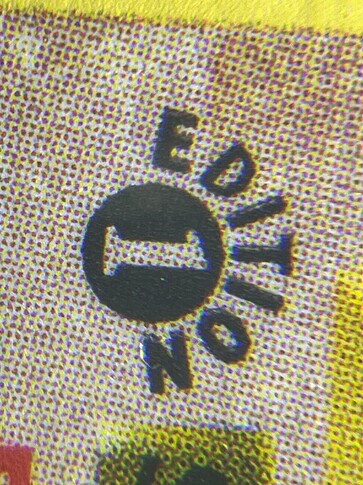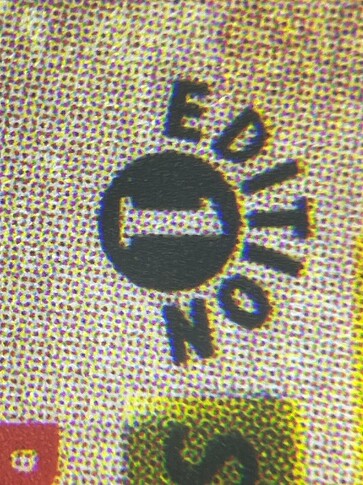Ah ok! I always thought it was weird there was a few weeks gap between TP date and the “okay for fit & color” remark date on those uncut sheets. I mean I get some delay but it seemed strange why it would be a few weeks. This makes much more sense if TP does not mean “Time for Print” and are a date indicative of when the backs were printed. The backs being printed a few weeks in advance and held in stock seems reasonable.
We have officially ran out of things to discover
I have no idea what is being discussed in this thread but I applaud you gents for typing stuff like “small D comparison” and “thick 1, Big D” with a straight face. ![]()
Negative, theres more lol
I suspect we can use the packs to determine 1st/2nd print runs of Base 1st ed.
My hypothesis is that “blue” stamp will contain the earliest cards that were released in packs.
We can test this by comparing the 1st ed error ( without black triangle ) and the black triangle error packs where the 1st ed stamp can be partially seen.
The 3 pure black stamp examples all seem to be the same, and don’t have the blue layer. This would imply that blue was an accident originally and was later removed from the stamp.
Blue stamp:
Black stamp:
1st ed error:
Black triangle:It was hard.
(to keep a straight face) ![]()
Headed to the office, so I’ll have to reply more later, but I spent some time yesterday gathering info and visiting with the typesetter about the different 1st Edition stamps.
I’ll Put all the info in Quuador’s topic on 1st Edition Stamp Variations.
Do you know how the trap error was fixed?
I think a lot of things indicate that the trap and the stamp were on separate plates, which is why the 3D effect and ghost Pikachu happened. Do you agree and if so, did they simply change the trap around D and moved the trap to the stamp plate (which is where it should have been from the beginning)? Seems logical to me to avoid shifts between the two.
Another question, was the 1st ed stamps actual stamps or were they printed like the other layers (offset printing)? The reason I ask is because the thin stamp is supposedly the same as the thick stamp, but with more pressure/ink. Is it even possible to change the pressure during offset printing to achieve that?
Looking forward to the information!
Your information has been really interesting and helpful!
I am now extremely curious if you think it is possible that a card back could be printed in the USA, then shipped, and finished in a different factory ( Belgium ).
For some of the foreign language Base set cards, I have seen 4 distinct card versions, but have only ever come across 3 pack variants.
It would explain why some packs say “Made in Belgium”, but the cards don’t carry the distinct Belgium error on the back.
It seems possible that there are some hybrid cards half USA / half Belgium OR it just means that the Belgium no shadow “e” error was not present 100% of the time during printing.
Which card variation are we talking Bout?
